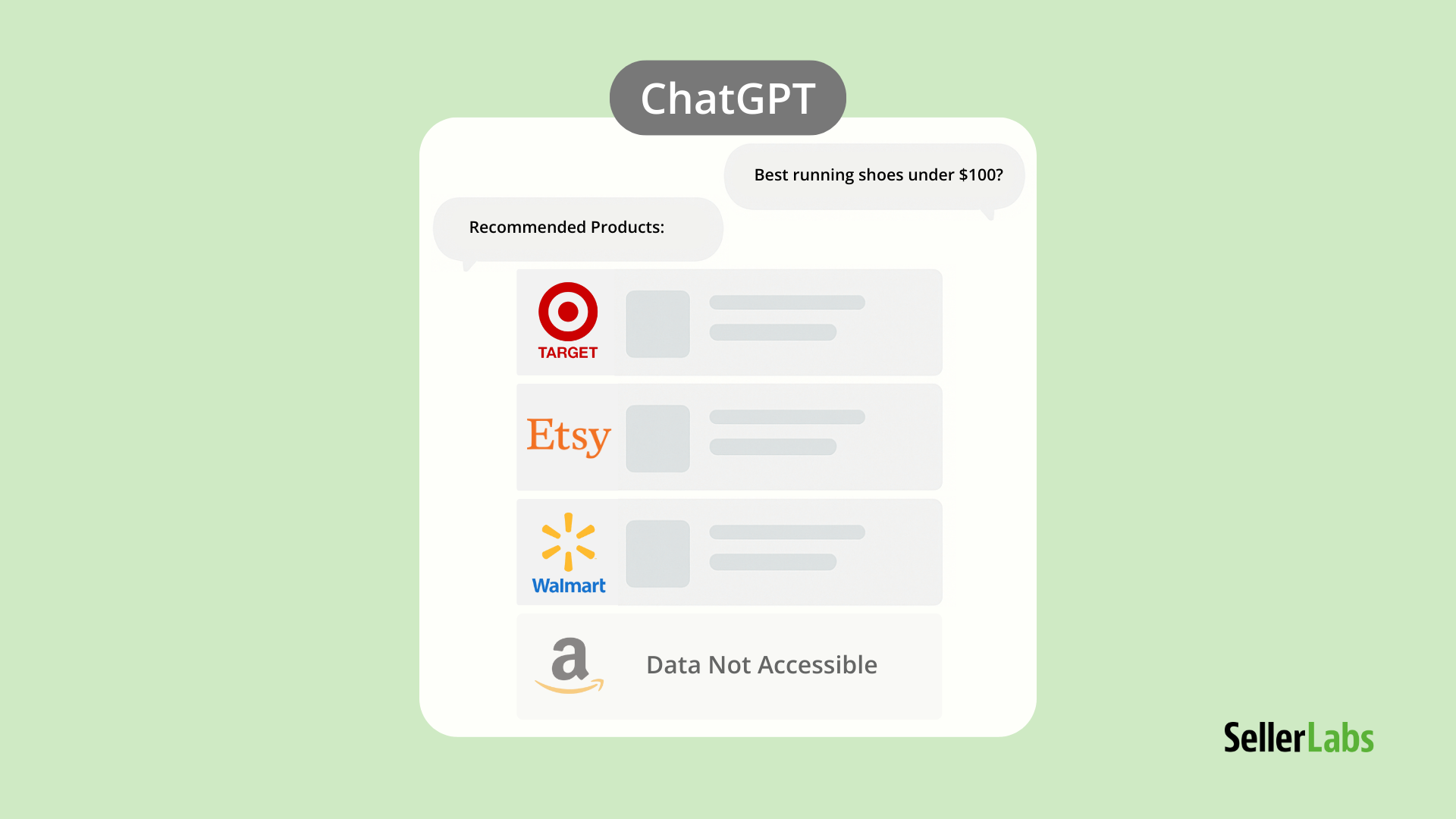This blog post was originally contributed by Gary Stevens, CTO at Hosting Canada.
Even though the practice of choosing keywords started years before Amazon came on the scene, SEO has evolved considerably over the last couple of decades. Choosing good keywords for Amazon continues to be an unmovable pillar of online marketing.
If your SEO keyword research strategy is strictly limited to trusting the recommendations of your favorite amazon keyword tool, you should know that your competitors are probably running circles around you with techniques such as manual SERP evaluation, long-tail research, head terms, target audience potential reach, search traffic analysis, and others.
Becoming a smart keyword researcher could be the boost that your Amazon presence needs to rise above the rest of the nattering nabobs in your niche. Effective keyword research for Amazon is something you can master with the right know-how and resources. But, first…
What is Keyword Research on Amazon?
Simply put, keyword research for Amazon is an SEO process to find the search terms that a seller can use to get a high rank on the search engine results page (SERP). When you choose a keyword for Amazon, you are essentially exploring the ways that internet searchers discover things they want to buy.
Choosing keywords is more than just driving traffic to your product listing with specific terms. Smart research can also provide you with intelligence about competitors, ideas for content marketing, understanding of consumer trends, and figuring out the needs of your audience.
Choosing keywords is an important building block to any Amazon seller’s journey to success, but it’s neither easy nor static. A true data-driven Amazon keyword research strategy takes time. Let’s start with these 3 steps to choose the right keywords for Amazon.
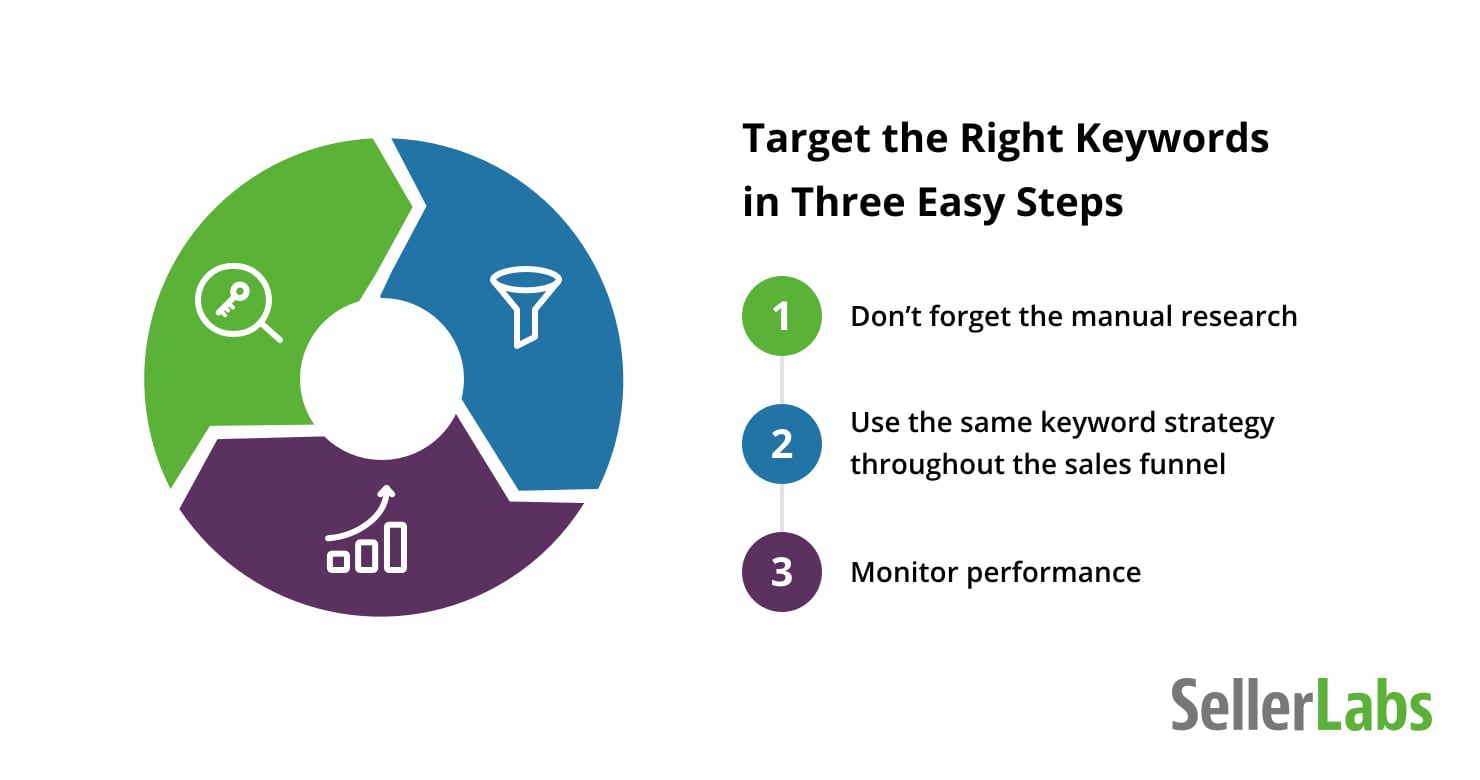
1. Don’t Forget the Manual Research
Ever try the old drop-down trick? Type 1-3 letters into the search bar in Amazon or Google, and you’ll see the most relevant drop-down suggestions.
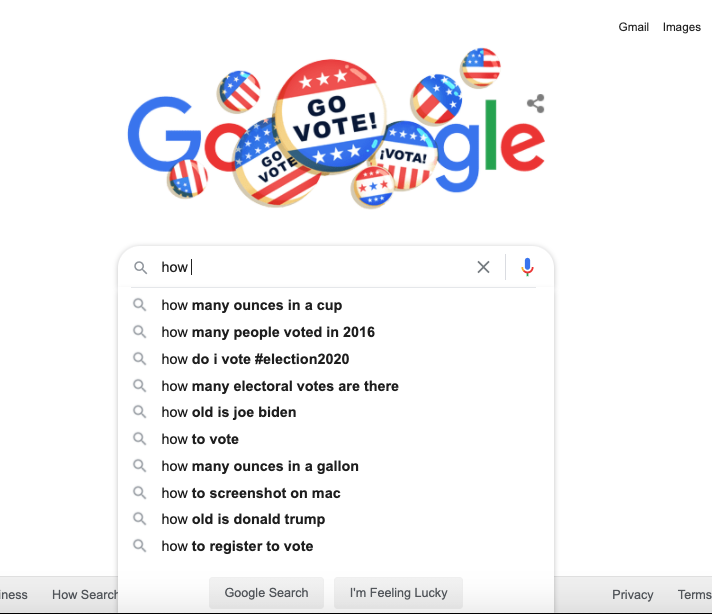
Doing these manual searches on Amazon and Google will give you ideas, but that technique is based on the first-word supposition and it’s labor-intensive.
Keyword research tools like Seller Labs Technology will save you time, but you shouldn’t neglect manual research. Use a keyword tool to get the search volume data, but gather new ideas using the tried-and-true methods.
2. Use the Same Keyword Strategy Throughout the Sales Funnel
Many sellers treat listing optimization and Amazon Advertising as two separate things, but buyers don’t! Shoppers search for a product and want the description to speak to their needs. So think of your buyer’s experience and use data to connect a user’s search terms from start to finish.
Adding consistency to your ads and listings will drive more conversions because you’ll be speaking to a targeted audience who is ready to buy. Simplify choosing a keyword even more by using Seller Labs Technology’s Smart Suggestions. You’ll increase the quality of keywords and cover ground that you didn’t even know existed before!
3. Monitor Your Performance
How many times have we heard “Just set it and forget it,” as if products can just sell themselves? The truth is that the Amazon Marketplace is constantly changing, so if you snooze, you lose.
Review your keyword and campaign performance 3-4 times per quarter. Anything less, and you’ll miss revenue-enhancing improvements. Anything more, and you’ll get analysis paralysis. Make performance monitoring easy on yourself by setting up a dashboard to show results over time.
Seller Labs Technology offers these visual insights, as well as graphs and downloadable data so that you can spot trends easily and optimize both your listings and your ad campaigns.
Well, maybe it isn’t so easy as those three steps. Where do you even put these keywords? Start by optimizing your product listings. Already tried that, but need more help ranking on Amazon? Keep reading.
Three Types of Keywords
Getting started with keyword ideas should begin with answering the following question: What is the desired effect? Let’s say your sporting goods eCommerce site recently got a great deal on Spalding Infusion basketballs, the kind with a built-in micro pump that has become rare and hard to find.

For the record, Spalding stopped manufacturing Infusion basketball years ago, so there is a good chance that a few prospective buyers are looking to snap up the last of them. If you want to move this stock quickly, you should use all three types of keywords: product terms, competitor terms, and audience terms.
1. Product Terms
Product terms would be of interest to prospective buyers looking for self-inflating basketballs, particularly the type designed for street courts. These terms are generally harder to work with, but they generate traffic, which can eventually transform into brand awareness for eCommerce stores since visitors are bound to shop around and see if you have more interesting items. These could also be specific brand terms, which may not result in the most page views but will certainly increase conversion potential.
2. Competitor Terms
Competitor terms are mostly used for PPC campaigns, but they can also provide valuable intelligence since they offer a glimpse of how the competition and your peers made it to the top of the SERP. Substitute and complementary terms can show up in your competitors’ keywords.
3. Audience Terms
Audience terms are similar to product terms, but they cast a wider net and invite prospective shoppers who like to browse. Think of it like this:
You’re a hotel provider and Bob wants to take a Paris vacation. His research on the area runs the gamut of cultural attractions, restaurants, hotels, and flight options. Would it mean something to you to know which apparently unrelated terms have been proven to dovetail quite nicely with a jaunt to Paris? The power in audience keywords lies in the fact that it reveals a universe of ancillary interests that you never might have guessed would convert well for your hotel category.
Choose Keywords for Amazon by Using Google
Like it or not, your potential customers are more likely to find your Amazon store by using a search query than by any other method. This does not mean that other marketing methods are dead. Legacy advertising such as radio commercial spots works quite well for many online brands, but you can’t deny the immense growth potential that search engines can provide to your business.
And what is the search engine to dominate all other search engines? Let me Google that for you … To elucidate why you shouldn’t choose keywords for Amazon without looking at Google, consider the following 2022 statistics:
- More than 3.5 billion searches are conducted on Google each day.
- A little over 68% of all desktop internet search queries are made on Google, and it also holds nearly 95% of mobile search market share.
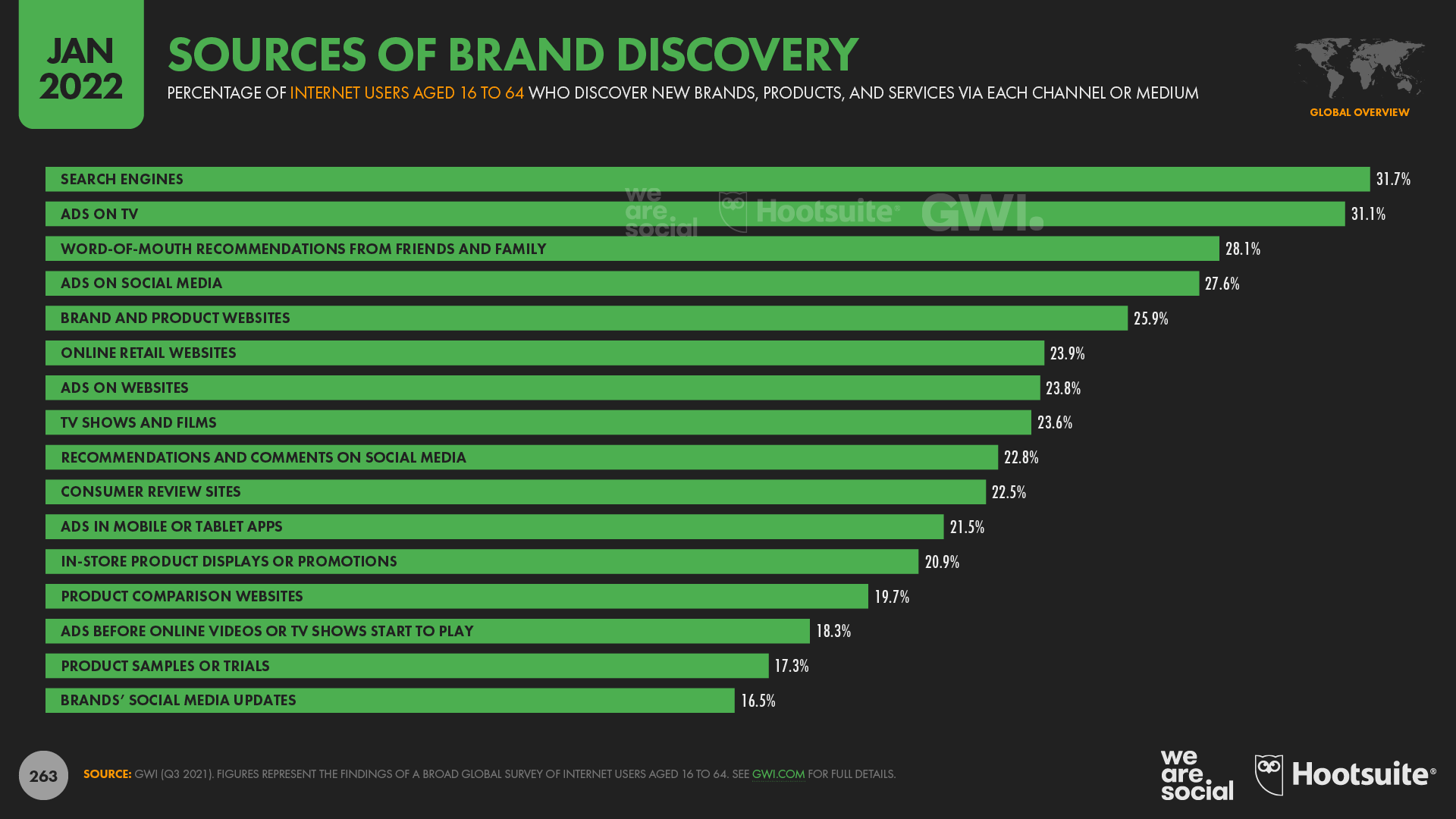
If you don’t use Google to supplement the keywords you use on Amazon, you’re quite literally leaving money on the table. Here’s our top three tips on how to find Google keywords for your Amazon business
1. Use Free Tools like Google Analytics and Google Trends
Assuming you have installed Google Analytics on your eCommerce site, you already have access to a keyword tracker. Dig into Google Webmaster and take notice of the search terms that have brought visitors to your own store. These are likely the same keywords that your customers on Amazon are using.
Google Trends is great if you don’t have your own online store. You do not even need a Google account to see how your brainstormed keywords have historically performed, and you can play around with parameters such as categories and time range.
2. Use Freemium Tools like Moz
Starting and ending with Google is something that most, if not all, SEO professionals often do, and established SEO tools like Moz will save you tons of time.
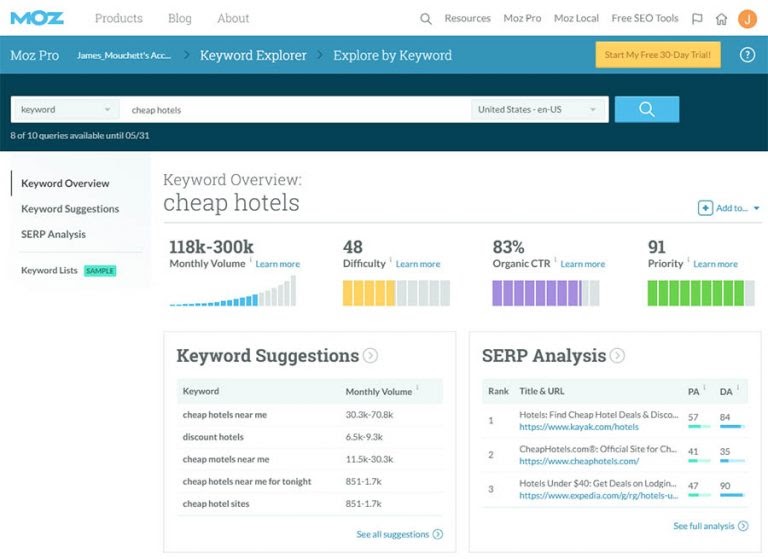
Pay attention to all the parameters you can play with so that you can set them according to what you know from your audience. If you prefer to stick to a single commercial solution, make sure it includes a long tail keyword research tool.
3. Choose a Keyword Target
Paid or Organic? When refining your keyword list, you will notice different degrees of competition. If you’re choosing keywords for PPC, focus on keywords with low competition, because they will be cheaper. If you only have organic SEO in mind, you can broaden your focus.
Seasoned SEO professionals will tell you that a few of your best keywords are worth more than your whole list. With SEO for eCommerce sites, there will always be a limit to the number of keywords you can focus on. Basically, you want to refine your list by process of elimination, which means taking out the least interesting search terms.
Going back to the example of Spalding Infusion basketballs, smart keyword research probably revealed hundreds of audience keywords that you will not be reasonably able to optimize for. Keep in mind that your intention is to move the basketball stock you acquired, and this means sticking to branded keywords that make sense.
For example, NBA.com focuses on the latest and greatest items in the basketball universe so probably isn’t looking to unload many out-of-production basketballs. So while the term “basketball” is dominated so thoroughly by the league site you shouldn’t even dream about it, and certainly not waste any time trying to rank for it, the term “Spalding Infusion basketball” is a different story. Focusing on this branded keyword takes you out of direct competition with NBA.com and issues a direct appeal to that smaller group of people who are looking to buy exactly what you’re selling.
Makes sense? Take the specific path less traveled in order to avoid being trampled by the big guys.
Pro-Tip: If your keyword research reports include negative or derogatory terms, feel free to exclude them. There are strategies to transform these negative keywords into search terms that you can use on Amazon, but you don’t want to get flagged or suspended.
The final step of your keyword refinement process involves semantics. The keyword lists created by the research tools you use will feature terms that are tightly connected to each other. While you mostly want to keep those search terms that present higher search counts, you will want to make a note of synonyms and related terms.
Stay Up to Date with SEO
Do not be surprised if your first smart keyword research session turns you into a budding SEO practitioner. There is a lot to learn about this particular aspect of online marketing, which happens to be very dynamic. Staying abreast of search engine algorithm changes and keyword trends will only improve your SEO skills, and pretty soon you will find yourself using your competitor keywords to climb up the SERP.
With the above in mind, here are some websites you may want to bookmark, follow or configure into your RSS reader:
In the end, while the importance of keyword research cannot be understated, you’re probably wondering how to turn all this theoretical knowledge into money for your Amazon business. Use our 4 Tips to Get your Amazon SEO Strategy in Shape to apply everything you’ve just learned to your business.
How Long Does It Take to Choose Keywords for Amazon?
Keyword research tools like Seller Labs Technology provide you with the reports you need instantly, but it still takes time to learn SEO. Once you start to consider search volume, semantic keywords, CPC, etc., it can make your head spin.
Save Time (and Money) by Giving the Work to an Amazon Expert
If you’re up to the task, learn about more places to look for niche keywords, but don’t forget our three tips:
How to Choose Amazon Keywords:
- Don’t forget the manual research.
- Use the same keyword strategy throughout the sales funnel.
- Monitor your performance.
If you get lost, remember…
Talk to the experts!




